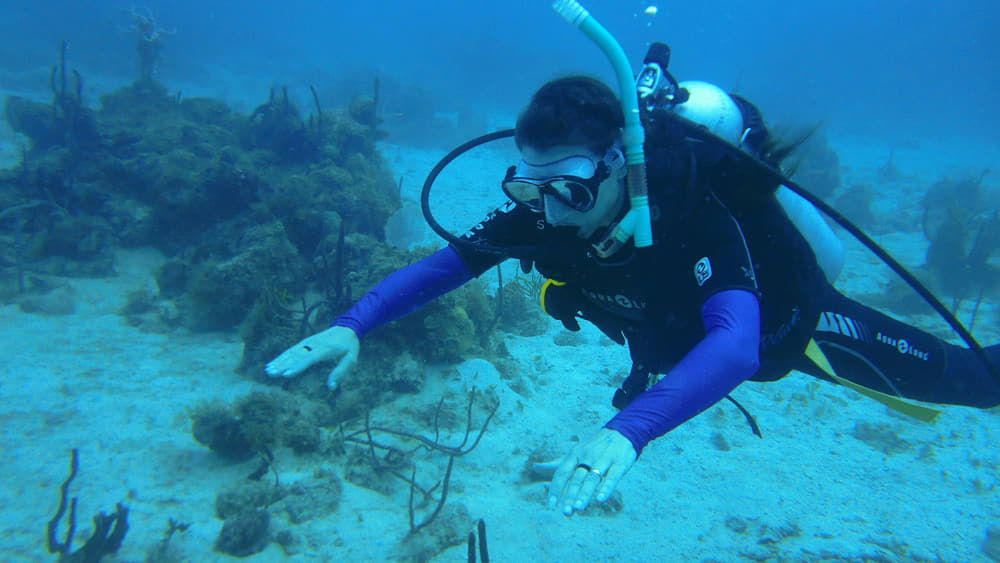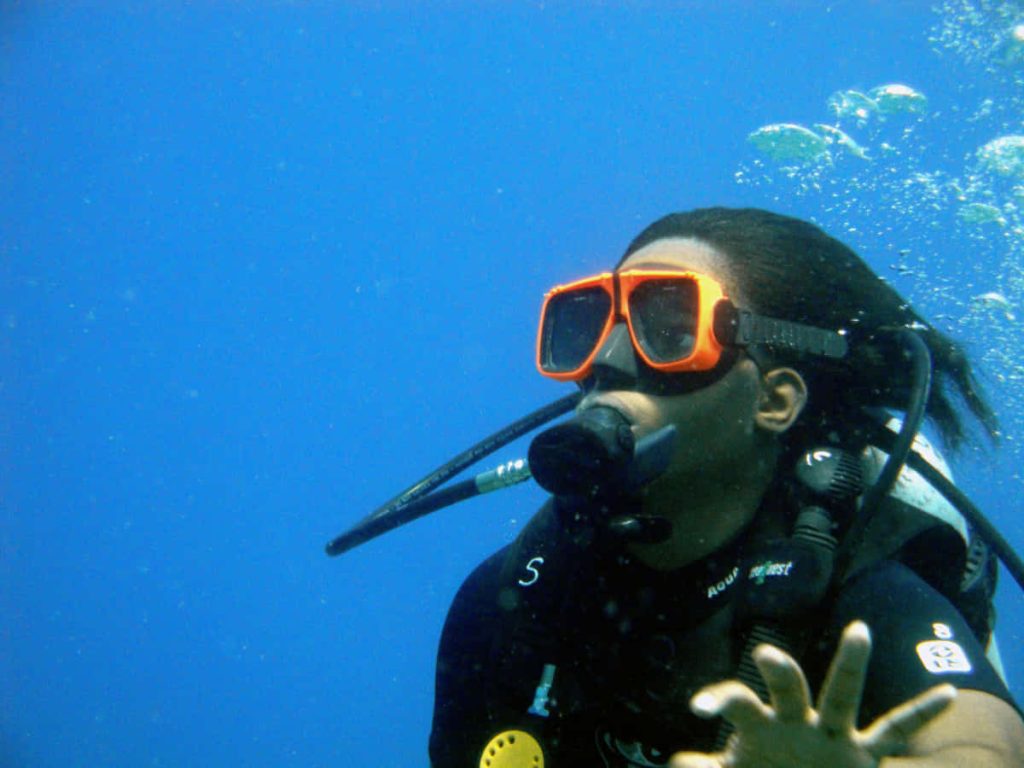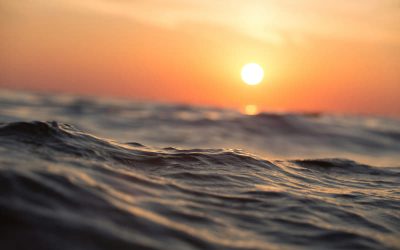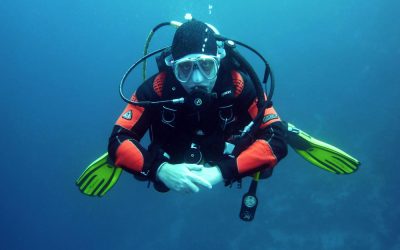There’s a phrase we often say—and it couldn’t be more true: the ocean doesn’t discriminate. It’s a natural space open to anyone with the minimum physical and health conditions. At DPM Diving, we do everything we can to ensure more and more people can discover the magic below the surface.
Because everyone deserves the chance to swim among coral reefs, marvel at vibrant fish, or feel like an underwater explorer. In this article, we’ll talk about adaptive diving—a way for more people with disabilities to dive in and experience something unforgettable.
Adaptive diving isn’t just a physical activity or a leisure sport. It’s a tool for inclusion, empowerment, and personal growth. Because once you’re underwater, what matters is not what you can’t do—but everything you can achieve.
Contents
What is adaptive diving?
Adaptive diving is a form of recreational diving specifically designed to allow people with physical, sensory, or cognitive disabilities to dive safely and enjoyably.
The key lies in adaptation—and not just of the gear (though that’s part of it). It also involves adapting the learning process, communication methods, and overall approach, all tailored to the diver’s specific needs. The goal isn’t just to dive—but to do so safely, independently, and with a smile.

Who can try adaptive diving?
Here’s the best part: almost anyone can practice adaptive diving, as long as they have a medical certificate confirming they’re fit to dive and receive the proper training. Common profiles include:
- People with mobility impairments (e.g., spinal cord injuries, amputations, cerebral palsy)
- People with sensory impairments (e.g., hearing or visual impairments)
- People with intellectual disabilities or autism spectrum disorders, who often benefit from the calm, controlled environment of the underwater world
The most important thing is to adapt the program to the diver’s pace, abilities, and needs. In many cases, adaptive diving not only becomes possible—but truly transformative for both the diver and the instructor.
Adaptations in diving: gear and techniques
When we talk about adaptations, we’re referring to all the adjustments that allow the diver to make the most of the experience safely, no matter their limitations. These include:
Adapted equipment
Most of the time, standard dive gear works just fine. But sometimes, extra modifications help, such as:
- BCDs (buoyancy control devices) modified for people with reduced mobility
- Assisted propulsion devices
- Masks with visual or tactile communication systems for deaf divers
- Special harnesses or straps to secure prosthetics or limbs
Specialized techniques
This is where the human touch comes in. Adaptive diving instructors are trained to use techniques like:
- Tactile signals instead of visual ones
- Assisted balance and controlled descent maneuvers
- Teamwork that helps the diver gain confidence and independence
Each diver is unique, so every adaptive diving plan is personalized. Listening, observing, and adapting is key. Often, all that’s really needed is a well-trained dive buddy who supports without interfering.

Certifications and specialized training
Like all forms of diving, adaptive diving requires proper training, including knowledge and skills to ensure maximum safety. Several organizations offer certifications for both divers and instructors. Some of the most respected include:
- HSA (Handicapped Scuba Association): Pioneers in adaptive diving since the 1980s
- IAHD (International Association for Handicapped Divers): Specialists in diver and professional training
- PADI Adaptive Techniques: A course designed for instructors and divemasters who want to work with divers with disabilities
There are also certifications tailored to divers themselves, based on the type of assistance they require. The goal isn’t to create limits—but to ensure safety and enjoyment at every stage.
Adaptive diving breaks down barriers and opens new doors—both underwater and on land. It’s proof that with the right mindset, training, and empathy, limitations are far more flexible than we think.
Because yes, the sea is open to everyone.









0 Comments